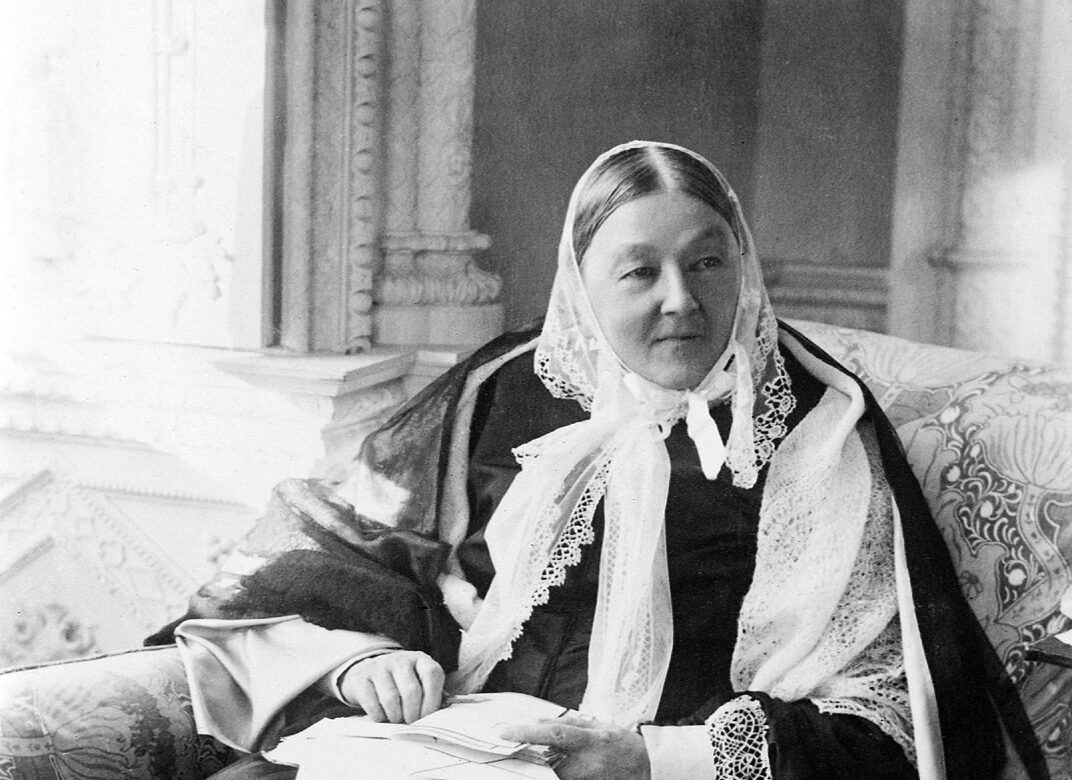
The second section considers the attempt made by Nightingale and William Rathbone from the 1860s onwards to adapt this model of charitable care to the demands of industrial Victorian cities via a carefully organized system of district nursing. It shows that while the so-called ‘Lady Bountiful’ custom of upper-class charity was diligently practised by several female members of the Nightingale family, including Florence, the conclusion she drew from this experience was that charitable gentlewomen inevitably failed to meet the needs of industrial populations, since they lacked the training and organization required to tackle the problem at scale. The first section considers her involvement in charitable health visiting as a young woman prior to 1850, in order to understand the customary and longstanding responsibility for care placed on landowning families in the parish setting. The first two look at Nightingale’s approach to care provided in the homes of the poor by visitors in two distinct periods. This article is divided into three sections. 5 Thus, the model, and the norm, was home care.

4 When Nightingale ran the Establishment for Gentlewomen During Illness in London’s Harley Street in 1853–1854 (before departing for the Crimean War), she did so with the aim of making it “as much like a home as possible,” in the words of one observer. 3 Healthcare institutions consciously and ostentatiously modelled their décor and routines on those of upper-class houses. Furthermore, the home was idealised in Victorian society and literature as the pre-eminent site of health and flourishing and the most suitable location for convalescence and recovery. 2 Private homes, then, remained the favoured location for those who fell ill in nineteenth-century Britain.

So-called ‘voluntary’ hospitals, funded by charitable donations, catered to a restricted clientele of gentlefolk fallen on hard times, or working people boasting letters of recommendation from the charity’s subscribers – who regularly reminded each other of the moral, social, and financial pitfalls of bestowing support on ‘improper objects’. Wealthy people had doctors and nurses come to their houses just as they would any other tradesperson only towards the end of the century did specialised hospitals emerge that came to seem more desirable than home care for conditions such as smallpox. The workhouse infirmaries funded through the parish poor rates, which were generally the poor’s only recourse, had terrible reputations, high death rates, and associations with the shame of indigence. 1 Throughout the British nineteenth century, most of the population preferred to avoid hospitals for non-surgical conditions. Despite nineteenth-century developments in institutional healthcare, the home remained the primary site of treatment for sickness. This article examines how Nightingale navigated these debates in her work, with particular regard to healthcare as practised in the nineteenth-century home. Did primary responsibility lie with individuals to help themselves, or was it the duty of wealthy citizens to provide assistance? What was the proper role of religious organizations, civil society groups, or – even if the welfare state still lay some way into the future – of the broader national community? Should healthcare be organized mainly at a very local level, or more centrally? Nightingale’s career, and the wider trend towards more organized and specialised healthcare, took place in the context of contemporary debates over where the emphasis should lie in terms of who took responsibility for providing and funding that care, especially for the industrial poor. Following the nursing mission to the Crimean War that made her an international celebrity, by the 1860s she had instituted a nurse training centre and was pressuring the British government to provide proper hospital care to the poor in workhouse infirmaries, as well as to implement major reforms to the army medical system.

Nightingale’s first care work, in the 1830s and 1840s, occurred as part of a longstanding tradition of small-scale, upper-class charity. The career of the famous British nurse and public health reformer Florence Nightingale (1820–1910) reflected the nineteenth-century shift towards a greater degree of formal organization in the practice of healthcare.
#WHO WAS FLORENCE NIGHTINGALE REGISTRATION#
Keywords: Florence Nightingale William Rathbone district nursing charity philanthropy Lady Bountiful state registration of nurses nineteenth-century healthcare religious vocations


 0 kommentar(er)
0 kommentar(er)
